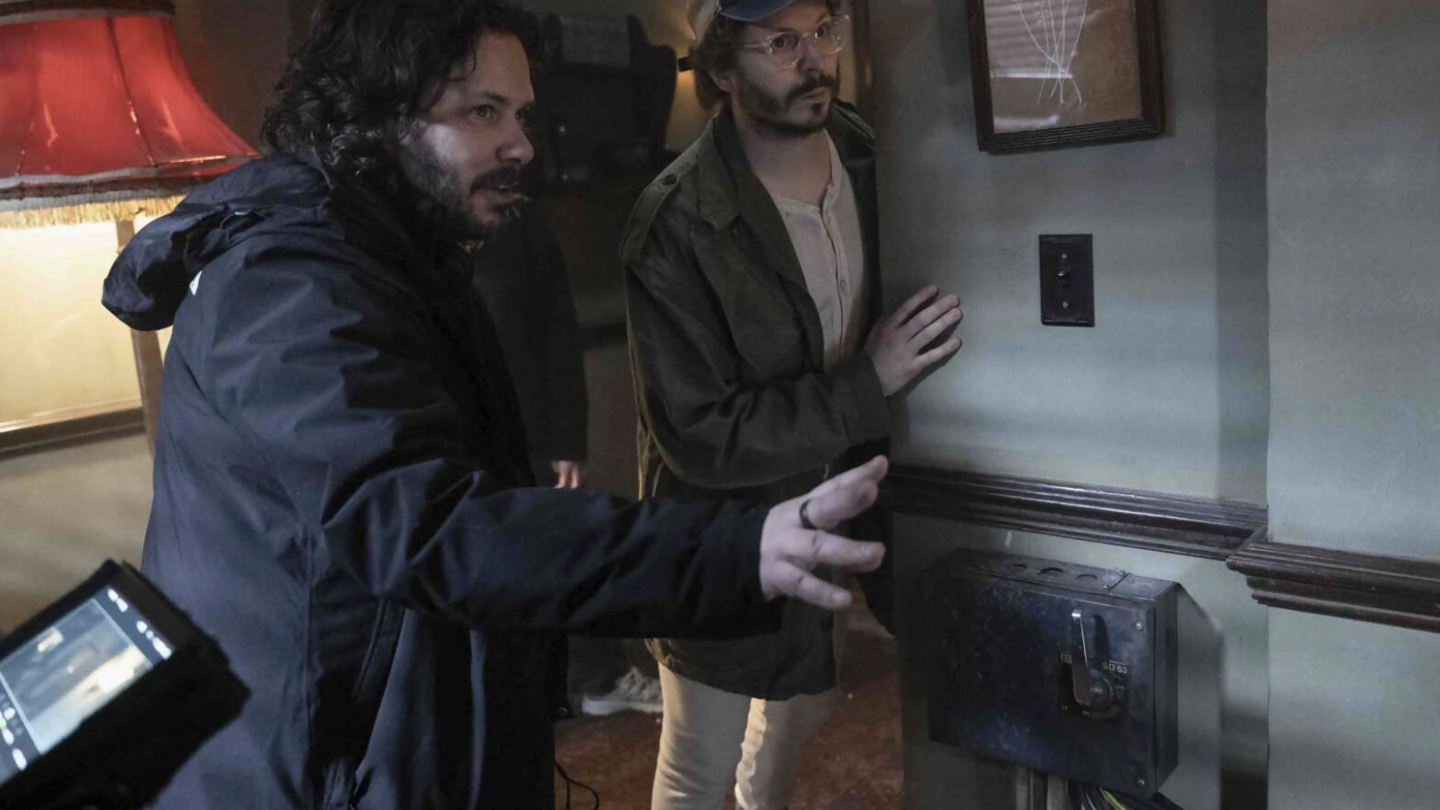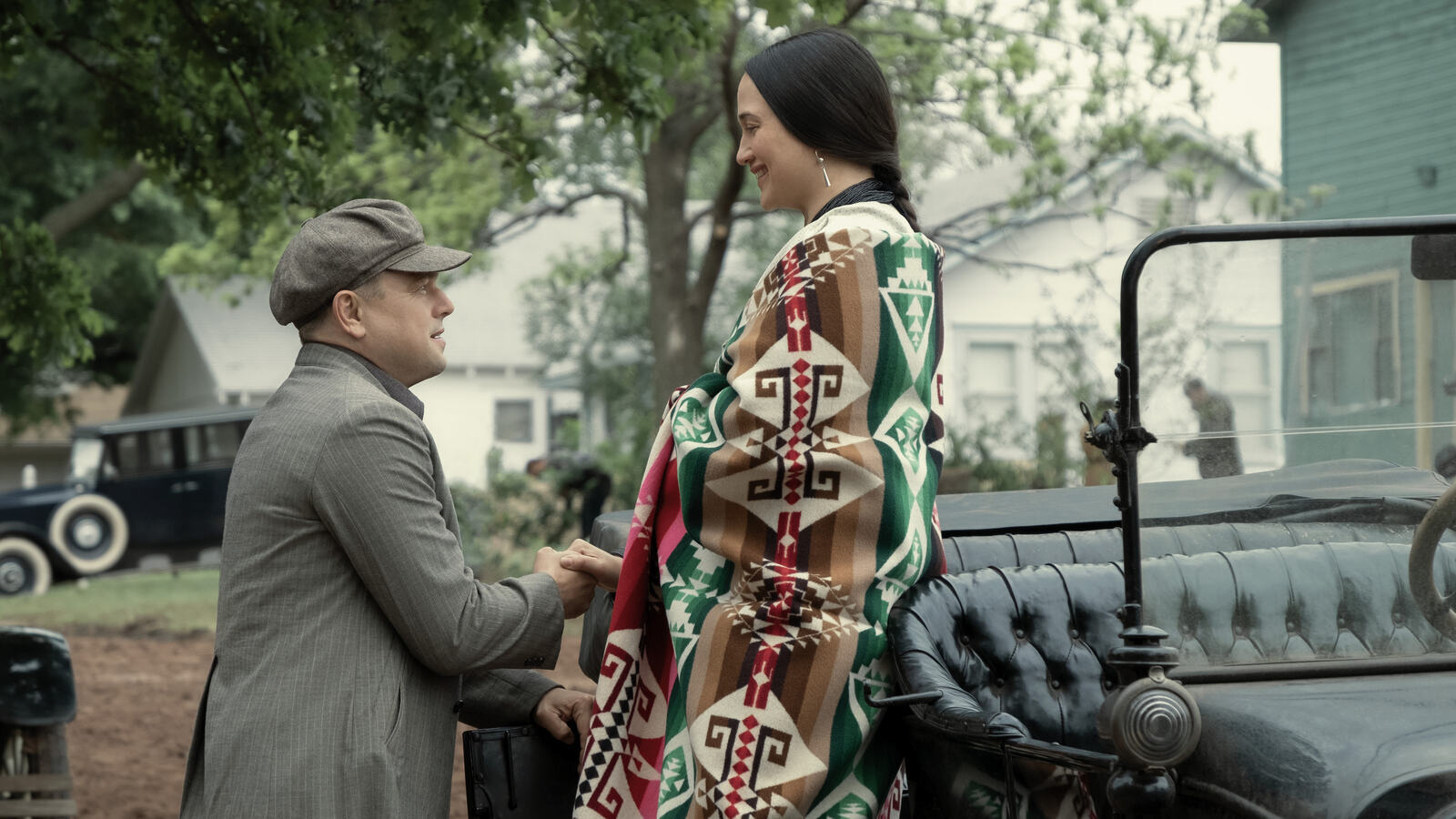Martin Scorsese always wanted to make a Western, arguably the defining American artform. With Killers of the Flower Moon, he got his chance to chronicle the way the country has been moulded from violence and prejudice, writes Adrian Pennington.
“I loved many of the westerns I saw when I was growing up and I still do love them,” the director explains in the production notes. “I responded to the pictures built around the traditional myths of the western, the myths of the culture, more than the psychological westerns. Those films nourished me as a filmmaker, but they also inspired me to go deeper into the real history.”
Based on the 2017 non-fiction book by David Grann and written for the screen by Scorsese and Eric Roth, the historical crime drama is set in 1920s Oklahoma and centres on the murders of members of the Osage Nation, the midwestern Native American tribe that became wealthy after the discovery of oil on their land at the end of the 19th century.
The series of brutal crimes, revealed...
You are not signed in
Only registered users can read the rest of this article.

Behind the scenes: The Running Man
Scenes structured like Russian nesting dolls present Editor Paul Machliss with a challenge in completing this deadly reality TV show.

TNT Sports and The Ashes: “We need to be at the heart of the story”
TNT Sports takes a hybrid approach as England’s cricket team heads down under with a sporting chance of returning with a little urn. Adrian Pennington reports.

Behind the scenes: Frankenstein
Cinematographer Dan Laustsen tells IBC365 why he and Guillermo del Toro turned the classic nightmare, Frankenstein, into a love story of ice and warmth between father and son.
Behind the scenes: Good Boy
From casting his own dog as the lead to shooting at a dog’s eye level, first-time Feature Director Ben Leonberg has perfected a filmmaking process built entirely around a pet. The result? Critical acclaim and a viral smash for horror season.

Behind the scenes: A House of Dynamite
Filmmaker Barry Ackroyd reveals how his camera work takes audiences inside the command bunker and gives them no control over the final countdown to nuclear Armageddon.



